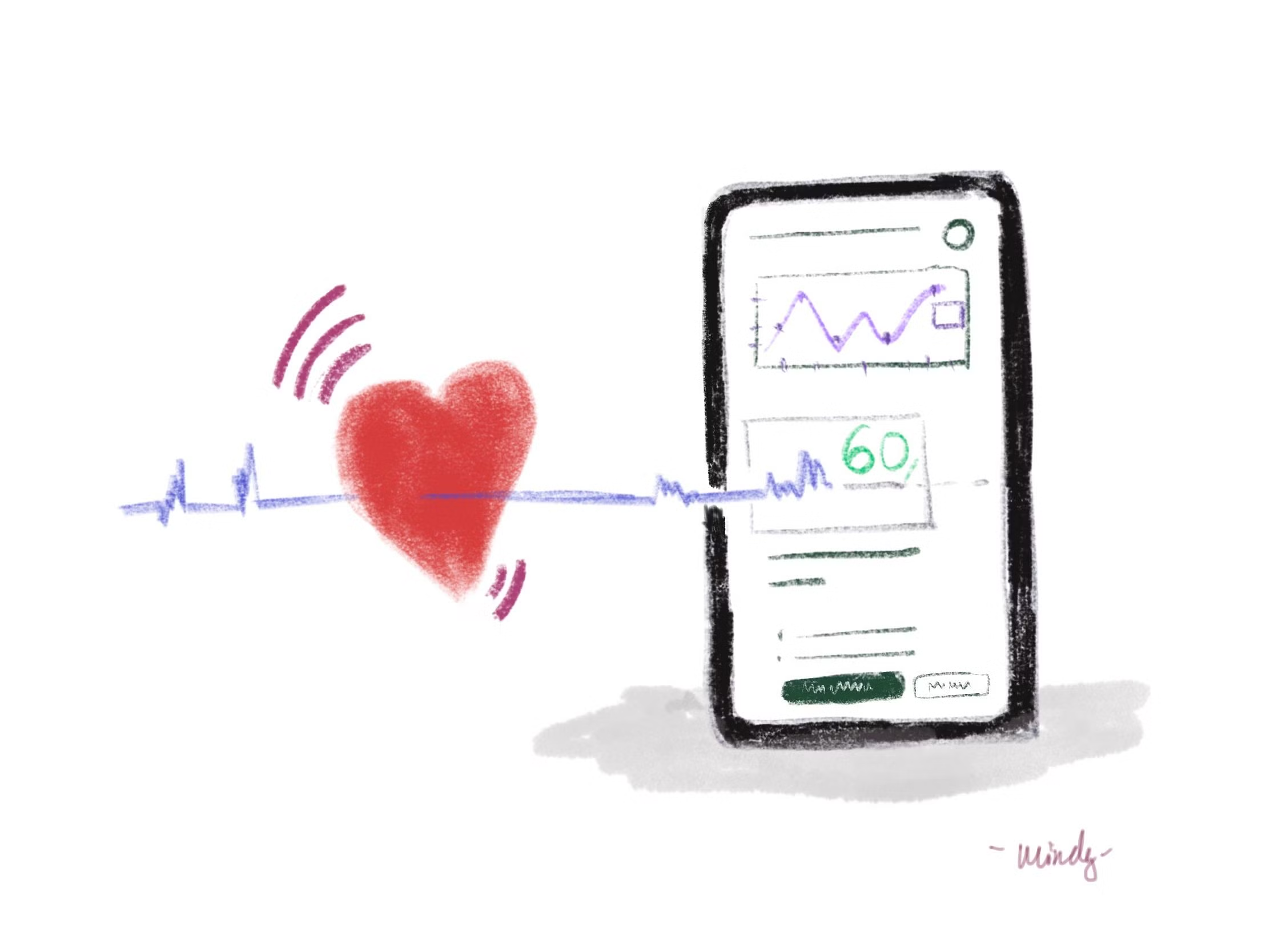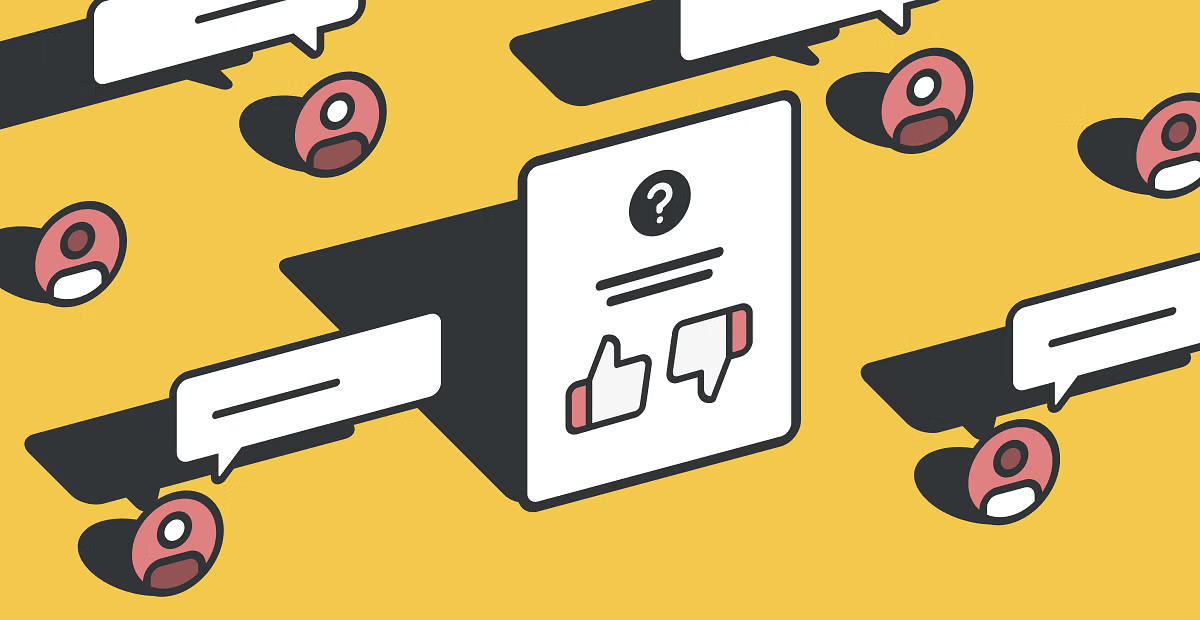An overview of the three-act structure, and how we can use it as a framework to understanding how behavioral changes manifest in our users, and how to genuinely affect change.

In the fast-paced world we live in, new products, businesses, ideas, and products are thrown at us every single day. It is rare that they stick around for any period of time before they are usurped by the next thing. Every time anyone strives to improve, fix, or perfect the metaphorical horse and carriage, someone else comes along with a motorcar to replace it, rendering it obsolete.
So how can we create products that have true staying power? Products that worm their way into the hearts and souls of our users. Our aim as designers and creatives is often to be the ones creating that car, not fixing the horse and carriage. To be the people bringing change, creating that impact, launching the next great product, app, or service that will change the world. But how do we design something that truly can make a difference to our users?
Agile, sprint methodology, and design thinking are all tools that help us organize and prioritize work in our day to day lives, but what if there was another way to approach our work, a way that would better identify areas where we could drive true change and innovation, in order to truly make a difference. To invent the next car, and truly change the lives of our users.
I believe that the power to drive this change comes not from best practice or our day to day processes but instead comes from understanding human behavior in a deeper way. By understanding how we tell stories: to ourselves, to others, and how others tell them to us.
The foundation of those stories can be understood very simply as three acts. But those three acts are not quite what you might think.

Letter
The Three-Act Structure & its Misconception

The three-act structure is often simply posed as this: beginning, middle, and end. But there is more to it than that.
We understand that all stories have these components, but what constitutes making those three acts good? Not all stories are made equal, and few stories truly resonate with us.
So what parts of the beginning, middle, and end actually work? What about them creates that resonance, that staying power.
To understand how we can use the three-act structure in product design, we need to define the beginning, middle, and end in a way that isn’t just based on the order they fall in the story, but instead by the type of information the audience is provided within each act.
Act 1: The proposal
In storytelling, the proposal is where we communicate the purpose of the story. The most important part of the proposal is setting an expectation with the audience. We tell them: This is what the story is about, and these are the parameters within which the story will be told. This allows the audience to place themself in the story, to understand the rules of the game.
For example, if the story is about a magical world hiding in plain sight, that only a select few can see, then we need to tell the audience those parameters upfront. This is like our lives, but strange, magical things can happen, and our character is one of the few who can see them. This allows the user to understand the context and parameters of the story before we get into the meat of Act 2.
If we didn’t do this, then we might instead be telling a story about a character in an everyday setting, just like our own lives, only for something magical to happen to them later, leaving the audience wondering: “Wait a minute, you never told me this could happen!” This can lead to a feeling I’m sure most of us have had whilst watching a TV show or movie: “No way, that would never happen.” Or at least feeling a little bit blindsided by an event you didn’t even conceive of as a possibility. When this happens, it is usually because the proposal was not properly defined in Act 1.
The proposal also usually shows the characters at their most reactive. They are reacting to external or internal stimulus which presents them with a question or conflict that needs to be resolved, rather than them actively making any proactive decisions.
Lastly, the proposal also communicates to the characters what they might stand to gain if the question or conflict is resolved.
So if we translate this to how we design products, the proposal is where we make the user a proposition. Often this happens at the point the user sees an ad, downloads our product for the first time and sees the onboarding flow, or reads a landing page. It is the first presentation of our product to the user. The user reacts to something that happens to them, a question that arises, that pushes them in the direction of our product. They then react to the proposal we give them.
Because of this, the proposition we present to our users should outline the context and limitations of the experience the user is going to have, of their journey, and what they might stand to gain if they continue. If the user sees an ad, for example, that says: “Free beer with every order,” and then when the user gets to the checkout and sees that it only applies when they spend over £50, then they have that same “wait, you didn’t tell me this could happen” feeling, and we lose them.
The most important part of the proposal is that it outlines the context and limitations, the world in which the user will exist, presents them with what they might stand to gain if they accept the proposal, and finally, matches Act 3: the conclusion. But we’ll get to that later.
Act 2: The argument

Act 2 is often the bulk of a story. This is where the characters, faced with the proposal, journey through conflict on their way to the conclusion of the story.
The argument stage is about characters facing conflicts that relate to the proposal, and either overcoming, failing, or realising that they meant something different entirely.
I have outlined the basics of how conflict works in storytelling here, but overall, the argument stage is about resolving conflict to answer the proposal.
For example, in the film ‘Big’, the main character, Josh Baskin (Tom Hanks) thinks that everything would be better if he could just be big. That is our proposal. He then finds a fortune-telling machine called ‘Zoltar’ who ends up granting his wish to be big. This proposal defines what the story is about, and then sets the parameters of that story, by presenting us with the fortune teller who can magically make Josh Baskin ‘big’.
The argument part of this story then introduces conflict that challenges that proposal, and uses devices that directly relate to that idea. For example, the driving force behind Josh Baskin thinking it would be better to be ‘big’, is that he gets told he is too short for a carnival ride in the process of trying to impress a girl. Following that incident, and subsequently his wish being granted by Zoltar, Josh then discovers how being ‘big’ is actually not all it’s cracked up to be, and how he should cherish his youth instead of wishing his childhood away.
Translating this stage of the story to our users in their journey, the argument represents the middle of the user journey. The user is trying to answer the proposal we presented through their journey, and it is our responsibility to provide them with the right information and content to answer conflict they come up against in a satisfying way. In a way that matches the proposal.
This is often why it is best practice to match landing page creative to ad creative, to use consistent copy and tone of voice, and to be upfront with key information that enables the user to make a proactive decision. We can even go a step further with this using personalisation, creating personalised landing pages, even features, and even journeys, that are specifically tailored to individual customers. Using customer data to truly answer all conflicts the user has at this stage, based on a wide variety of different proposals we are presenting from different sources or entry-points.
It is also important to be aware that the argument stage is not about trying to make a statement, it is simply about resolving the user’s conflict in a way that matches the proposal, allowing them to come to their conclusion.
Act 3: The conclusion

The conclusion begins when the characters in the story are able to make proactive decisions that answer the proposal, and resolve the main conflicts.
A great framework for understanding the journey from proposal to conclusion is outlined in Orson Scott Card’s MICE Quotient framework, explained in his book ‘Characters & Viewpoint’.
The conclusion is similar to the proposal in that it is a statement or message, but different in that the proposal is something the characters react to, and the conclusion is something that the characters proactively choose.
In stories that resonate, the conclusion matches or answers the proposal, because of the argument. In stories that feel off-kilter, or don’t quite feel right, it is often because the conclusion did not match the proposal, or the argument didn’t convince us. For example, if we watched a film about someone’s struggle to overcome a deadly disease in London, and at the conclusion the disease was cured by powerful magic after never mentioning magic previously, it would feel unsatisfying and jarring, because we weren’t aware through the proposal and argument that magic even existed in the first place.
If we instead explained in the proposal that magic was an ancient myth, that most people were very skeptical of it and only a select few had ever seen it used in practice, then the conclusion of being cured by powerful magic feels a lot more reasonable and satisfying.
Translating that to our user and their journey, the conclusion represents the end of their experience. We need to first make sure that the conclusion the user has relates to the proposal. Then we need to make sure that the argument we provide, the information and content through the user journey, informs the proposal in a way that allows the user to reach the conclusion we want them to have.
So for example, if we were designing a fitness app with the proposal ‘unleash the best version of you’, the argument should support that proposal, by enabling the user to understand how to unleash the best version of themselves. That could be in the form of 1 to 1 personal training over video, online classes, workout tutorials, or even through terminology and copy by using words like ‘unlock’, ‘potential’, ‘discover’, directly relating to the idea of discovering your best self.
Then, the conclusion we are designing for is then the end-point of the user journey, where we need to reinforce and answer the proposal. So if the conclusion for one user journey is the completion of a workout, then we can design this conclusion to answer the proposal with things like success screens showing points being unlocked towards rewards for training equipment, or simple copy reinforcing the journey to discover your best self by saying ‘One step closer! Keep it up.’
The Three-Act Structure in Application
The three-act structure is a great tool for designing and building products that resonate with users, that feel satisfying, engaging and empowering. These principles help us take products from simply fulfilling a need, to being enjoyable and memorable experiences in their own right, driving positive change in our users and the world, in a way that has staying power.
Don’t be afraid to experiment with applying the three-act structure to user journeys of different sizes and across different channels either. Look at each part of your user journey and ask the question: ‘which act is this?’ ‘What was the proposal?’ ‘What conclusion best satisfies the proposal?’
There is not one set of three acts that apply to one specific journey, but each section of the user journey, each product or service tied within a brand, can function as its own mini three-act structure within a larger overarching narrative.
Think of it as lots of little experience or interaction stories inside a bigger, user lifetime story. And the bigger the story is, the bigger you can go with your proposal, argument and conclusion.












